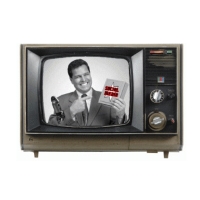Advertising, as we know, is the engine of commerce, and getting that engine to work for you can sometimes be a challenge. The stories of brilliant advertising strategies prove that one creative idea can create a world-famous brand, make an unknown company renowned, and help its owners earn piles of real money. Here are the advertising strategies that changed the world!
Harley-Davidson
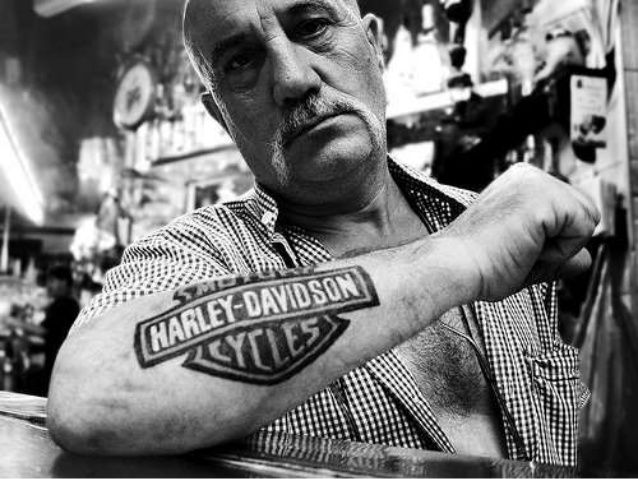
The most famous motorcycle in the world is not just a means of transportation but a cult bike symbolizing freedom and the rebellious spirit of several generations. In the late 20th century, the company's marketers launched a massive campaign: anyone who got a tattoo with the company's emblem would receive a discount on a bike purchase. Fans of the brand still get Harley-Davidson tattoos, even though the campaign ended long ago. As a result of this marketing move, the company gained not only increased sales and interest in the brand but also lifelong free advertising on the bodies of many admirers.
Spinach Can
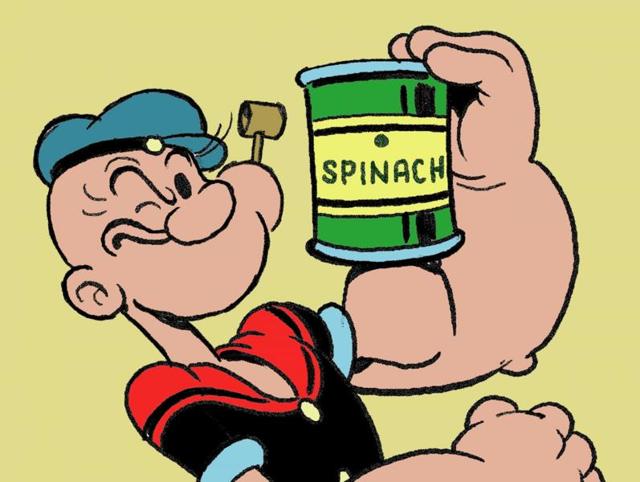
An American spinach-producing company was the first in history to use product placement, and where do you think? In a children's cartoon! In 1929, a new animated film featuring a charming protagonist, Popeye the Sailor, appeared in American cinemas. No matter what obstacles he encountered, Popeye easily overcame all his foes because he ate spinach, which gave him super strength. Years later, it was revealed that Spinach Can had paid the animators to depict cans resembling the company's product. The cartoon was a resounding success, healthy lifestyle advocates supported the project, and Spinach Can reaped the benefits, proud of their clever strategy.
Sony
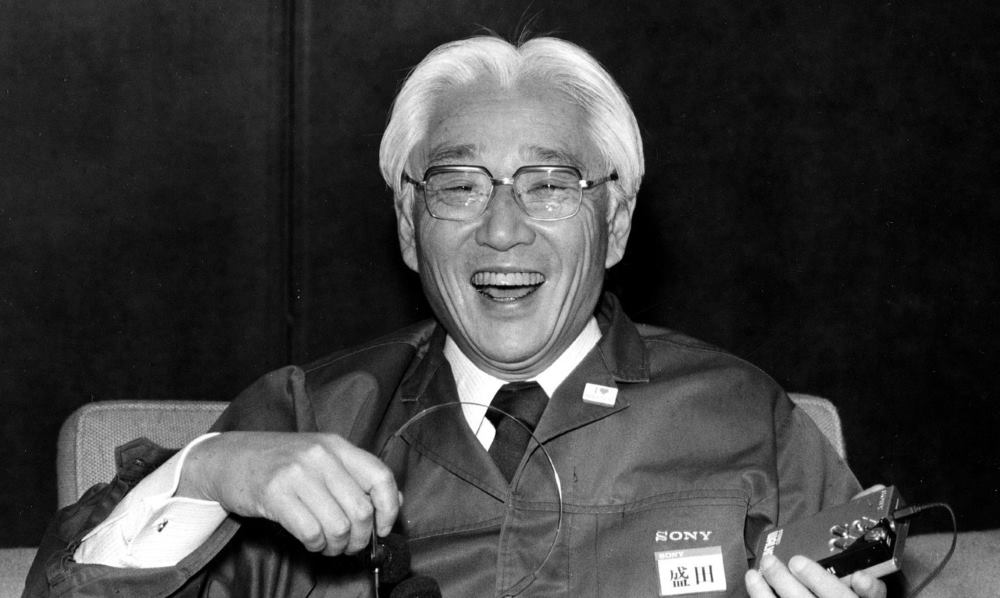
In the 1950s, Sony announced the release of a portable radio small enough to carry around. Buyers eagerly awaited the innovation, but when the gadget was finally assembled, it turned out to be larger than planned. The radio didn't fit even in a shirt pocket, spelling disaster for the project. Akio Morita, one of the company's founders, found a solution. Sony decided to sell the radios using traveling salesmen who went door to door. They tailored special shirts with larger pockets for the 6,000 salespeople worldwide. With the phrase “It fits easily into your pocket,” the salespeople showcased the radios in their custom pockets, selling 4,000 units on the team's first day. Buyers overlooked the ploy, and those who noticed blamed the cut of their own shirts.
Starbucks
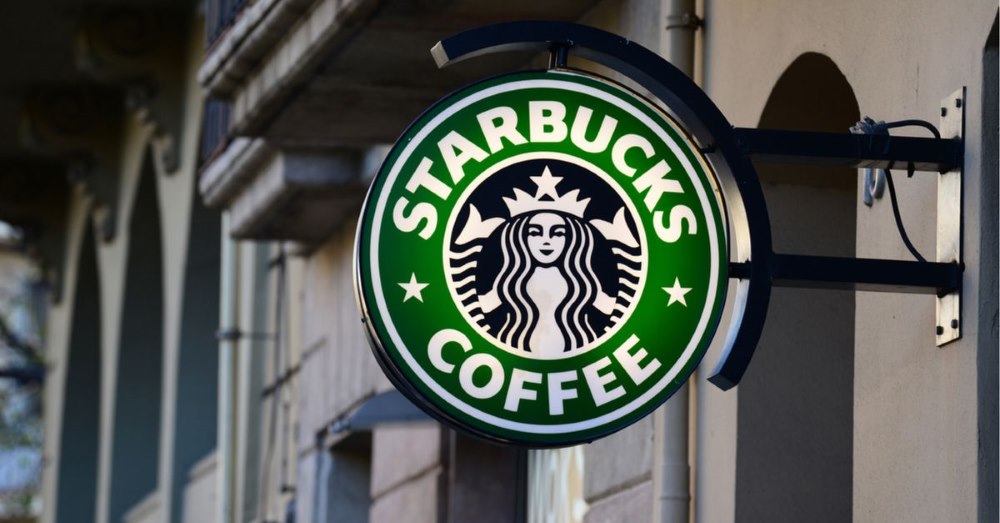
The marketers of the world-famous coffee chain executed an intriguing deal that allowed them to capture a new segment of the American market. Starbucks purchased their main competitor, Seattle's Best, which positioned itself as the “anti-Starbucks,” doing everything the opposite way and attracting customers who disliked Starbucks for various reasons. After acquiring the competitor, Starbucks did not close its newly purchased coffee shops or alter their concept. Instead, they worked to emphasize the differences between the two chains. The result? Starbucks gained the competitor's audience, which they couldn't have won over by any other means. Those who love Starbucks go to Starbucks; those who don't love Starbucks go to Seattle's Best, but the money still goes to Starbucks. Not a bad strategy, right?
JWT
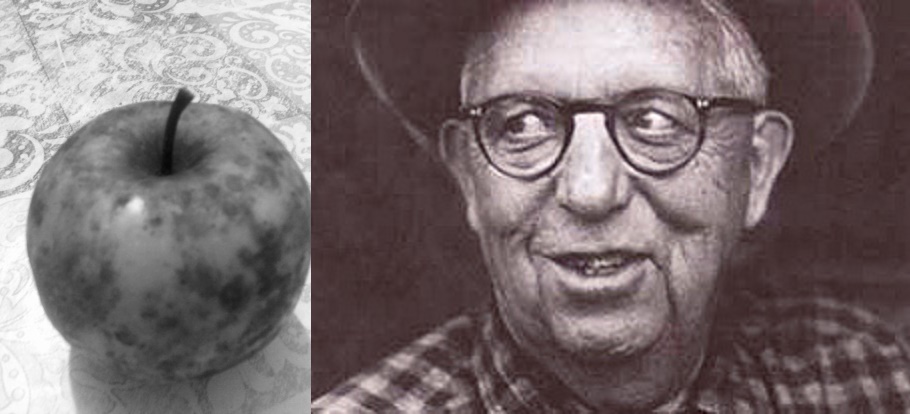
In the 1940s, the American advertising firm J. Walter Thompson increased its sales several times over and introduced the world to marketer James Young. James was the youngest employee at the company when he faced the problem of selling a batch of bruised apples covered in black spots. Young's idea was simple: turn the product's flaws into its strengths. All customers received their apples with letters stating: “Take note of these spots. They indicate that the apples were grown in mountainous areas with sharp temperature fluctuations. This gives the apples their characteristic juiciness, sweetness, and aroma. If what we say is untrue, feel free to return the entire batch.” Naturally, customers happily believed the story of Alpine apples and later requested “apples with spots like last time.” Young's creativity and people's trust worked wonders for JWT.
Red Bull
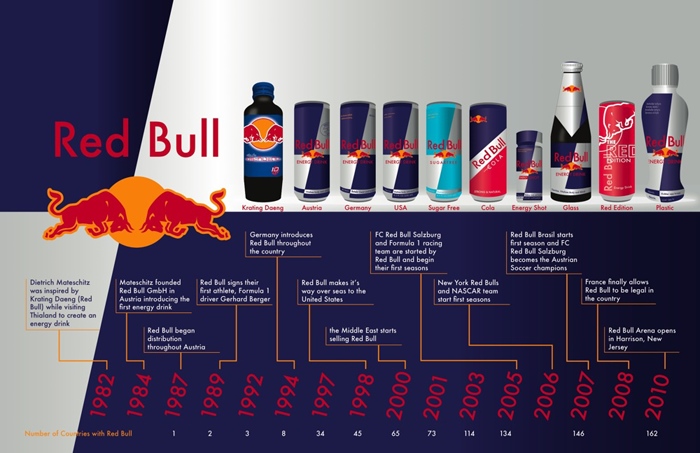
Today, everyone knows Red Bull “gives you wings,” but in 1987, when the drink first hit the market, Red Bull didn't have its iconic image. Coca-Cola and Pepsi offered similar energizing effects, and competing with such giants seemed futile. The brand's founder, Dietrich Mateschitz, decided to stand out by altering the product's packaging and price. He reduced the container size, increased the price, designed the can to resemble a battery, and placed the product in unconventional store sections. Surprisingly, sales soared. Today, many brands inflate their prices and ask to have their products placed away from specialized shelves to distinguish themselves.
Dewar's
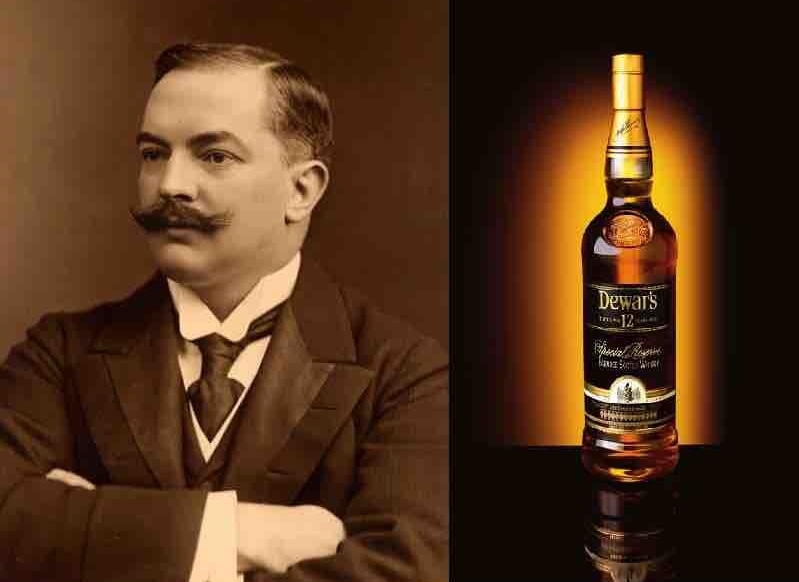
Dewar's whiskey first appeared in the UK in the late 19th century, when gin, rum, and brandy were England's preferred drinks. The brand's founder, Thomas Dewar, came up with an unusual marketing strategy. He hired young men to visit London bars and ask for Dewar's whiskey. Unsurprisingly, the bars didn't stock the product. The men would scoff and leave in disappointment. Later, Dewar himself visited the bars, offering contracts to supply his whiskey. The bars eagerly signed up, and soon all of London was drinking Dewar's. A few years later, Dewar personally traveled to 26 countries, promoting his product to bars and restaurants, increasing the company's turnover more than tenfold.

